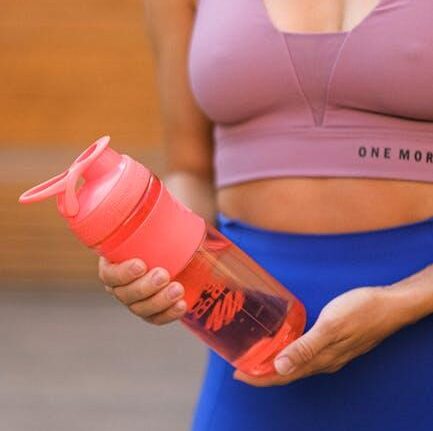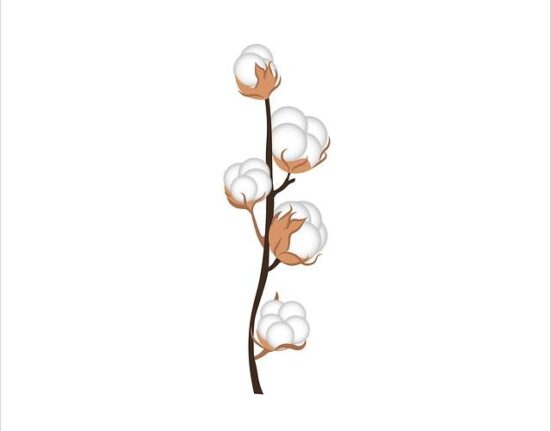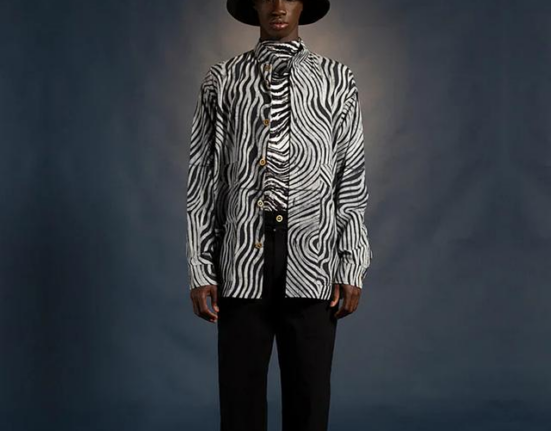Behind the Label – How Transparent Are “Transparent” Fashion Brands?
In an age where consumers are increasingly conscious of their choices, the fashion industry finds itself at a crossroads between style and sustainability. The rise of “transparent” fashion brands promises a new era of ethical consumption, where the stories behind garments become as meaningful as the pieces themselves. But what dose transparency really mean in a world often shrouded in marketing jargon and bold claims? as shoppers seek authenticity and accountability, the question lingers: how clear is the window into the practices of these well-intentioned brands? in this exploration, we delve behind the label to uncover the truths, challenges, and nuances of transparency in fashion, navigating the fine line between genuine commitment and mere trendiness. Join us as we unravel the layers and investigate whether these brands live up to their lofty promises or if transparency remains just another buzzword in the ever-evolving landscape of style.
Understanding the Transparency Spectrum in Fashion
In the evolving landscape of fashion,transparency has become a crucial measure for both brands and consumers. Understanding the transparency spectrum helps us decipher the nuances behind what a label claims and what is actually delivered. Many brands tout their commitment to lasting practices, ethical sourcing, and fair labor conditions, yet the degree of transparency can vary dramatically. Some companies openly share their entire supply chain—from materials sourced to the ethical standards upheld during production—while others might only release vague statements and glossy marketing material. This inconsistency leads to a complex marketplace where discerning truly “transparent” brands requires deeper investigation.
To make sense of this wide-ranging commitment to transparency, consider these key indicators:
- Supply Chain Disclosure: Does the brand provide adequate information about its suppliers?
- Product Materials: Are the origins and environmental impacts of materials clearly communicated?
- Labor Practices: Does the brand openly discuss worker conditions and wages?
- Environmental Impact: Are there metrics available regarding carbon footprint or water usage?
| Brand | Transparency Level | Key Practices |
|---|---|---|
| Brand A | High | Full supply chain disclosure, clear ethical standards |
| Brand B | Medium | Partial supplier info, eco-friendly materials but vague on labor |
| Brand C | Low | Limited information, focus on marketing over substance |

Unpacking Supply Chain Practices of Leading brands
As consumers increasingly gravitate towards brands that promote sustainability and ethical practices, a closer look at the supply chain practices of leading fashion brands reveals a complex landscape. Many companies claim transparency, yet the extent to which they unveil the intricate web of their operations varies significantly. To truly understand this dynamic, consider the following factors that often dictate the transparency levels:
- Material Sourcing: Where and how materials are obtained can reflect a brand’s commitment to sustainability.
- Factory Working Conditions: The treatment of workers and safety measures in factories are critical indicators of ethical practices.
- Environmental Impact: brands that disclose their environmental footprint and initiatives to minimize it are setting a transparent standard.
While some brands illustrate exemplary transparency by publishing detailed reports and third-party audits, others remain vague, using buzzwords without substantial backing. A speedy comparison highlights these disparities:
| Brand | Transparency Level | Key Practices |
|---|---|---|
| Brand A | High | Open supply chain reports, third-party certifications |
| Brand B | Medium | Limited factory disclosures, some sustainability claims |
| Brand C | Low | Vague marketing language, minimal supply chain info |

Evaluating Sustainable Materials and Their True Impact
In an era where eco-conscious consumers are increasingly scrutinizing the supply chains of their favorite fashion brands, the true impact of sustainable materials comes to the forefront. While many brands proudly boast about using “sustainable” fabrics, the reality often extends beyond mere marketing claims. To genuinely understand the implications of these materials, one must evaluate various aspects, such as source sustainability, lifecycle analysis, and end-of-life potential. This deeper understanding also reveals the complexity of sustainability; for instance, organic cotton is often championed for its reduced pesticide use, yet its high water consumption poses significant environmental challenges.
As brands strive for transparency, a closer look at their choices can highlight significant inconsistencies. Consider the following materials frequently enough promoted as sustainable:
| Material | Benefits | Drawbacks |
|---|---|---|
| Recycled Polyester | Reduces plastic waste; less energy in production | Still a petroleum product; can release microplastics |
| Bamboo | Rapidly renewable resource; natural antibacterial properties | Processing can involve harmful chemicals; deforestation risk |
| Organic Cotton | Lower environmental impact; avoids toxic pesticides | High water usage; often less durable |
It is indeed crucial for consumers to not only ask what materials are being used but also to hold brands accountable for the comprehensive environmental impact of those materials. The term “sustainable” can often cloak a nuanced reality,making it essential for shoppers to look beyond labels and engage with the specific practices and policies of brands. Such diligence can drive greater transparency within the fashion industry, ultimately pushing for innovations that truly honor social and environmental responsibility.

Strategies for Consumers to Make Informed choices
In an age where consumers are increasingly concerned about the origins of their clothing, it’s essential to equip yourself with the right tools to make informed choices.First, consider examining the brand’s transparency policies. Look for certifications such as Fair Trade, GOTS (Global Organic Textile Standard), or OEKO-TEX that indicate adherence to ethical practices. Additionally, you should prioritize brands that provide clear information about their supply chain, including the materials used and the labor conditions of workers. Reliable fashion brands often share details like:
- Production origins: Where the clothing is made.
- Material sources: The sustainability of textiles used.
- Labor practices: Information about worker rights and wages.
As you delve into a brand’s commitments, it is also wise to utilize resources such as digital platforms and apps that assess and rate brands on their sustainable and ethical practices.These tools can provide an unbiased look at a company’s transparency levels. Consider creating a comparison table as follows to help assess different brands at a glance:
| Brand | Transparency Rating | Certifications |
|---|---|---|
| Brand A | High | Fair Trade, GOTS |
| Brand B | Moderate | OEKO-TEX |
| Brand C | Low | None |
This approach will not only help you navigate the complex landscape of fashion marketing claims but will also empower you to support brands that align with your values for sustainability and ethics.
The Way Forward
As we draw the curtain on our exploration of transparency in the fashion industry, it becomes clear that the term “transparent” can wear many masks. While some brands shine a spotlight on their supply chains, championing ethical practices and sustainability, others may only offer a mere glimpse, leaving consumers to ponder what lies beneath the surface.
In an era where conscious consumerism is on the rise, the responsibility ultimately falls on both brands and buyers to navigate the complexities of this evolving landscape. As you stroll through your favorite shops or scroll through online boutiques, remember that knowledge is power. Seek out the stories behind the labels, hold brands accountable, and don’t hesitate to ask the questions that matter. Only then can we begin to redefine what true transparency looks like in fashion.
So, as you continue to curate your wardrobe, let each choice reflect not just your style, but your values. Together, we can push for change and encourage a fashion system that not only looks good but feels good—ethically, sustainably, and transparently. Thank you for joining us on this journey towards a brighter, more accountable fashion future.








Leave feedback about this